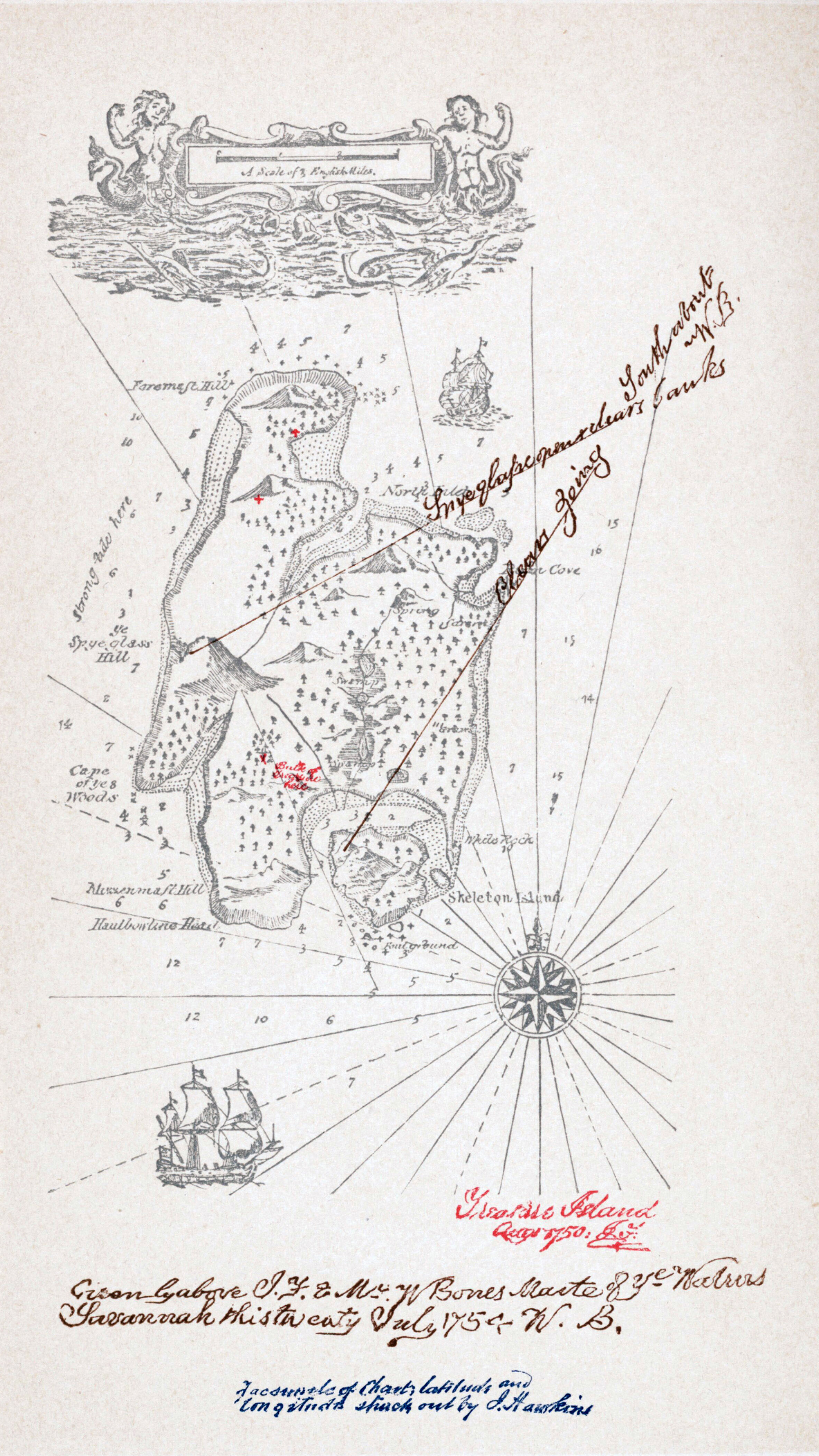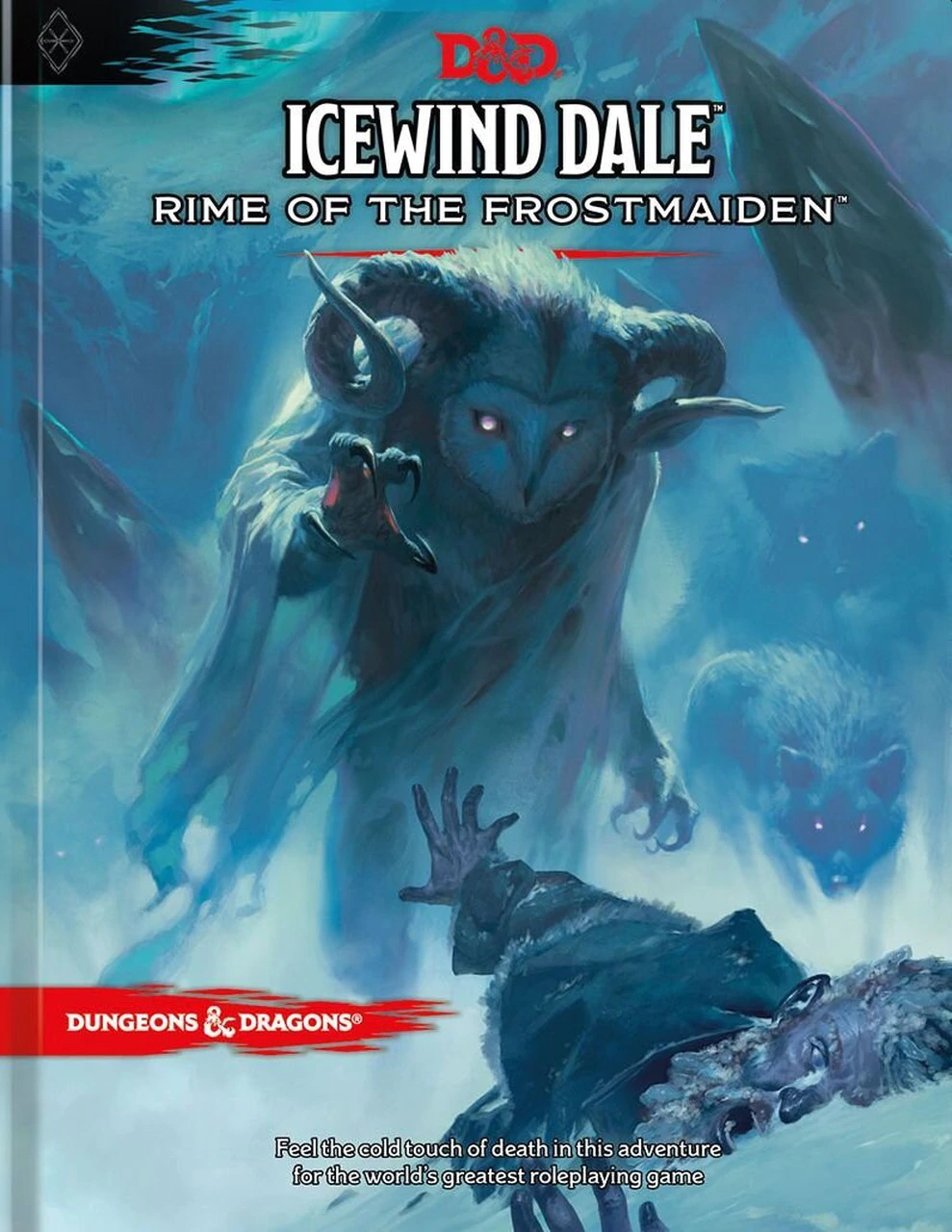
I’ve talked in the past about how D&D 5th Edition doesn’t teach DMs how to run dungeons. In fact, it doesn’t even teach them how to key a dungeon map (or provide an example of a keyed dungeon map).
(To understand how weird this is, consider that the 5th Edition Starter Set includes a detailed explanation of exactly how a DM should use boxed text, but still doesn’t tell the DM how to run the dungeon that’s included in the sample adventure. Like, there was a perceived need to very specifically explain how you read text out loud, but not a perceived need to explain how you’re supposed to run a dungeon… the thing that’s actually unique to being a GM. But I digress.)
By contrast, the original edition of D&D in 1974 contains very specific instructions for both things: How to prep a dungeon and how to run the dungeon.
This is not some newfangled failure on the part of 5th Edition. It’s the end of a very long trend line (briefly interrupted, but only partially reversed by 3rd Edition) in which the D&D rulebooks have slowly stopped teaching DMs how to run the game at arguably its most fundamental level. 4th Edition, for example, still included instructions for keying a dungeon, but, like 5th Edition, failed to include any instruction for how a DM is supposed to run the dungeon.
Virtually the entire RPG hobby is built on three core structures:
1. Dungeoncrawl (often genericized to location-crawl)
2. Combat
3. Railroad
And virtually every published RPG has assumed that GMs already know to run a dungeon (because they learned it from D&D, right?).
So what happens when D&D stops teaching new DMs how to a run a dungeon?
Well, at that point all you have left is a railroad leading you from one combat encounter to the next.
PAYING THE PIPER
Although I’ve been talking about this problem for several years, it’s always been mostly theoretical and anecdotal: I would run into new GMs who were struggling because they’d never been taught a proper scenario structure; or I’d get e-mails from similar GMs who were thanking me for my essays on game structures or node-based scenario design or the like.
This is partly because, despite D&D no longer teaching these things, there was still a legacy of knowledge in the hobby: First, published scenarios were being designed by people who had learned how to prep and run dungeons decades ago, and new DMs could frequently intuit a lot from the published example. Second, many GMs were first players who learned to play from GMs who had, similarly, learned these things when they were younger.
Of course, these are basically oral traditions. And, like all oral traditions (particularly those which aren’t being deliberately passed on), they’ll degrade over time. Unsurprisingly, the first stuff to get lost are the procedures that were happening only behind the GM’s screen; players learning only from their actual play experiences only saw what those procedures created, not the procedures themselves, and therefore could not learn them.
Nonetheless, this legacy knowledge persisted.
Recently, though, I’ve been digging through stuff on the DM’s Guild and it’s become clear that the problem is no longer theoretical: It’s very real.
EXAMPLE 1: I’m reading through a module. The entire concept is that the PCs are exploring a ruined castle. But there’s no map of the castle. There are room-by-room descriptions of the castle, but no map to show how these areas relate to each other.
It should be noted that there ARE two other maps in the book: Encounter maps depicting specific rooms. So it’s not a budgetary issue. Cartography could have existed.
So I’m just confused, until I remember that… Oh, right. D&D doesn’t teach this any more.
EXAMPLE 2: This time it’s a whole collection of one-page scenarios. The creators have popped over to Dyson Logos’ website and grabbed his Creative Commons maps, and so every single scenario has a map.
None of the dungeon maps are keyed.
In some cases, this is because the locations aren’t designed for exploration (fair enough), but often the adventure features huge paragraphs of text trying to describe the contents of the dungeon room by room in a kind of narrative ramble.
The final kicker? These are 5-star rated products on the DM’s Guild. It’s not just that these particular creators didn’t know any better; the audience doesn’t know any better, either.
CONCLUSION
“How to prep and a run a room-by-room exploration of a place” is solved tech from literally Day 1 of RPGs.
But D&D hasn’t been teaching it in the rulebooks since 2008, and that legacy is really starting to have an impact.
Over the next decade, unless something reverses the trend, this is going to get much, much worse. The transmission decay across generations of oral tradition is getting rather long in the tooth at this point. You’ve got multiple generations of new players learning from rulebooks that don’t teach it at all. The next step is a whole generation of industry designers who don’t know this stuff, so people won’t even be able to learn this stuff intuitively from published scenarios.
UPDATE: This article was written primarily for the existing audience of the Alexandrian and it kind of assumes a shared framework of knowledge; it’s a “here’s an additional thought that builds on those other thoughts I’ve previously discussed” kind of thing. Based on the comments below, it appears that the article has somehow broken out into a MUCH wider audience. Although I did link to its immediate antecedent in the opening paragraph (Game Structures – Addendum: System Matters), that is clearly not getting the job done in terms of orienting new readers. If you’re feeling confused or angry or think I’m hating on 5th Edition here, I do encourage you to check out not only that addendum, but the entire Game Structures essay which discusses scenario structures in detail.
A few specific notes:
(1) A location-crawl structure (which is what the dungeoncrawl structure D&D used to teach is a specific example of) is not limited to old school dungeons. It’s not even limited to dungeons.
(2) Location-crawls are not the only scenario structure, but the argument that D&D has somehow grown beyond them doesn’t make a lot of sense: Every published D&D module from WotC features a dungeon. The fact they aren’t teaching new DMs how to effectively run the scenarios they’re publishing is clearly a problem. Beyond that, the basic skills of a location-crawl are also applied to other scenarios structures like raids and heists.
(3) Even if D&D had grown beyond location-crawls, the D&D core rulebooks don’t include instructions for designing or running any other scenario structures, either.
ADDITIONAL READING
Whither the Dungeon: Goblin Trouble















